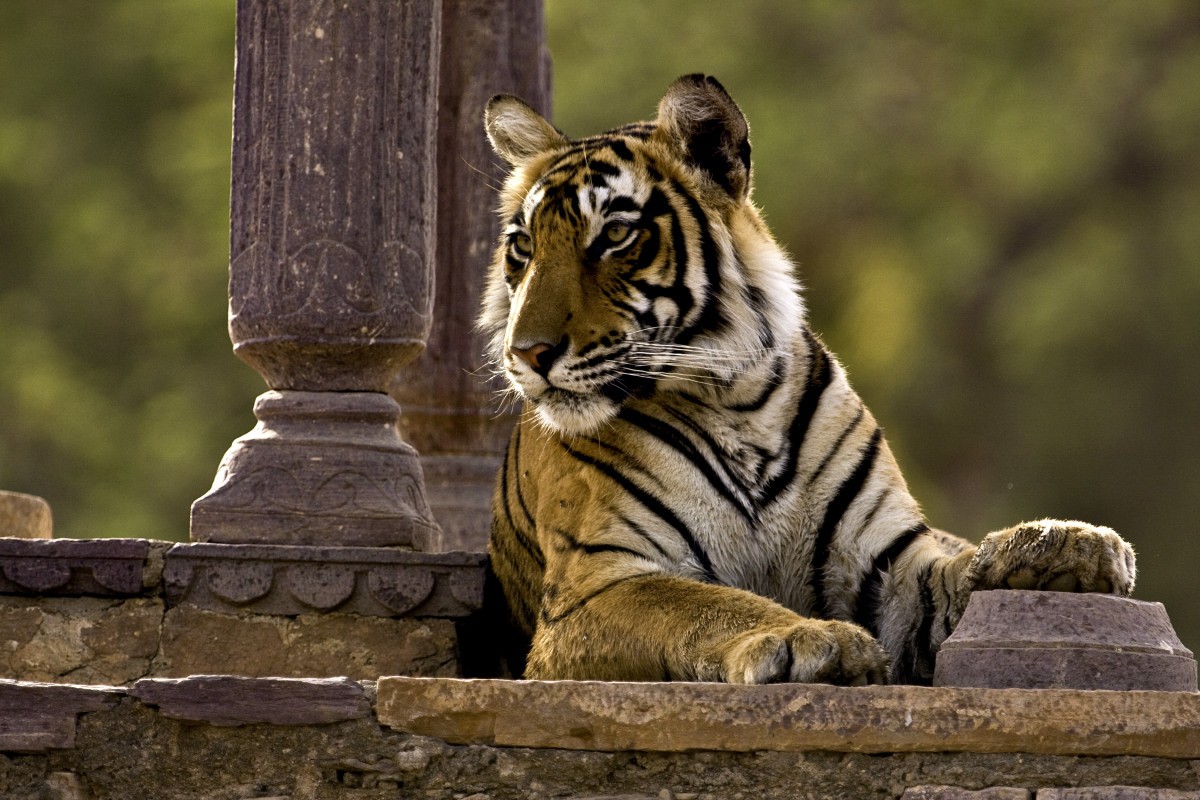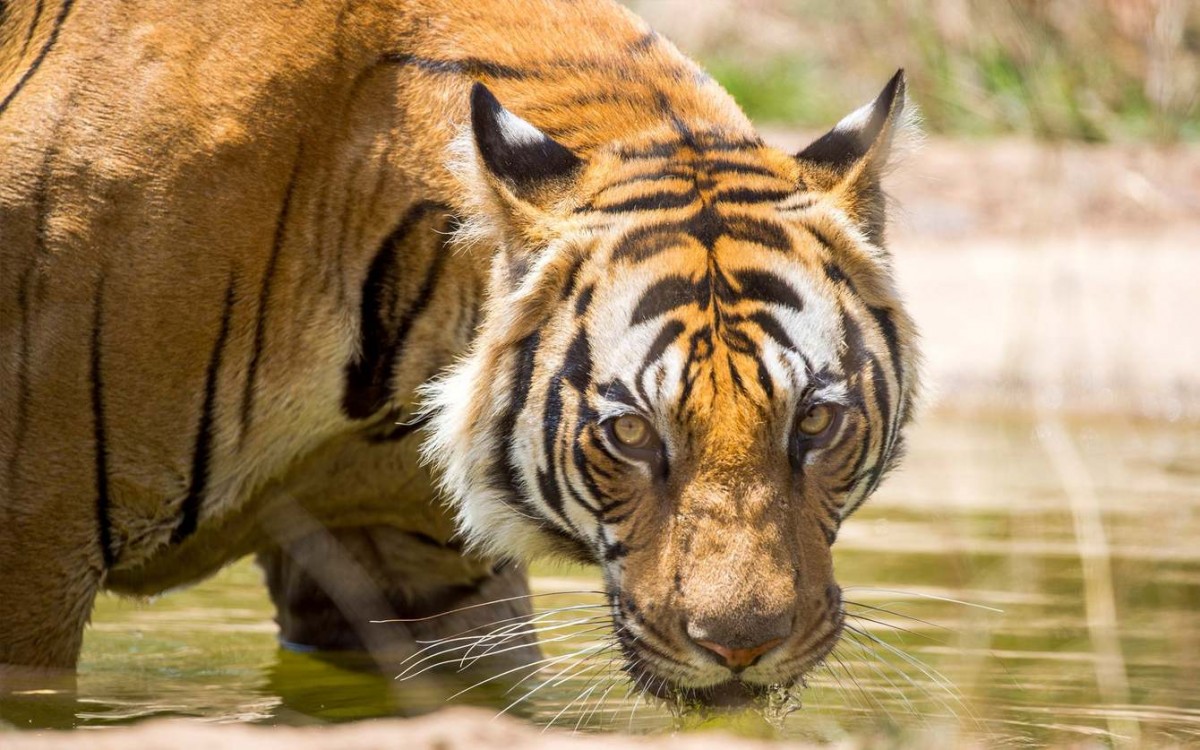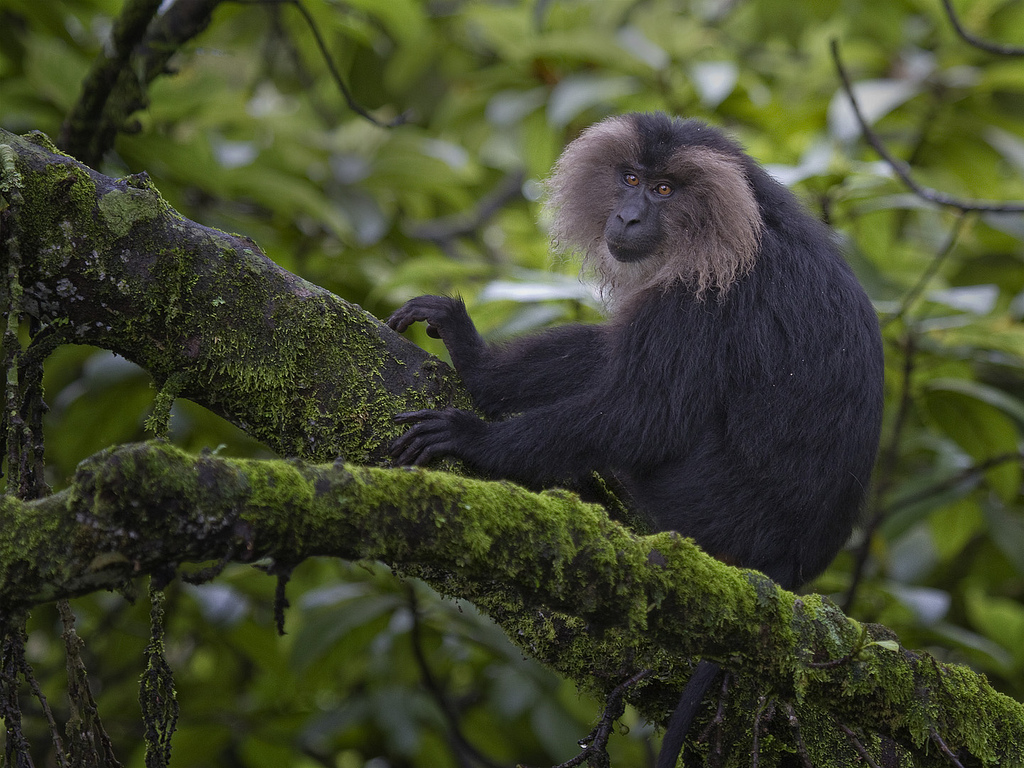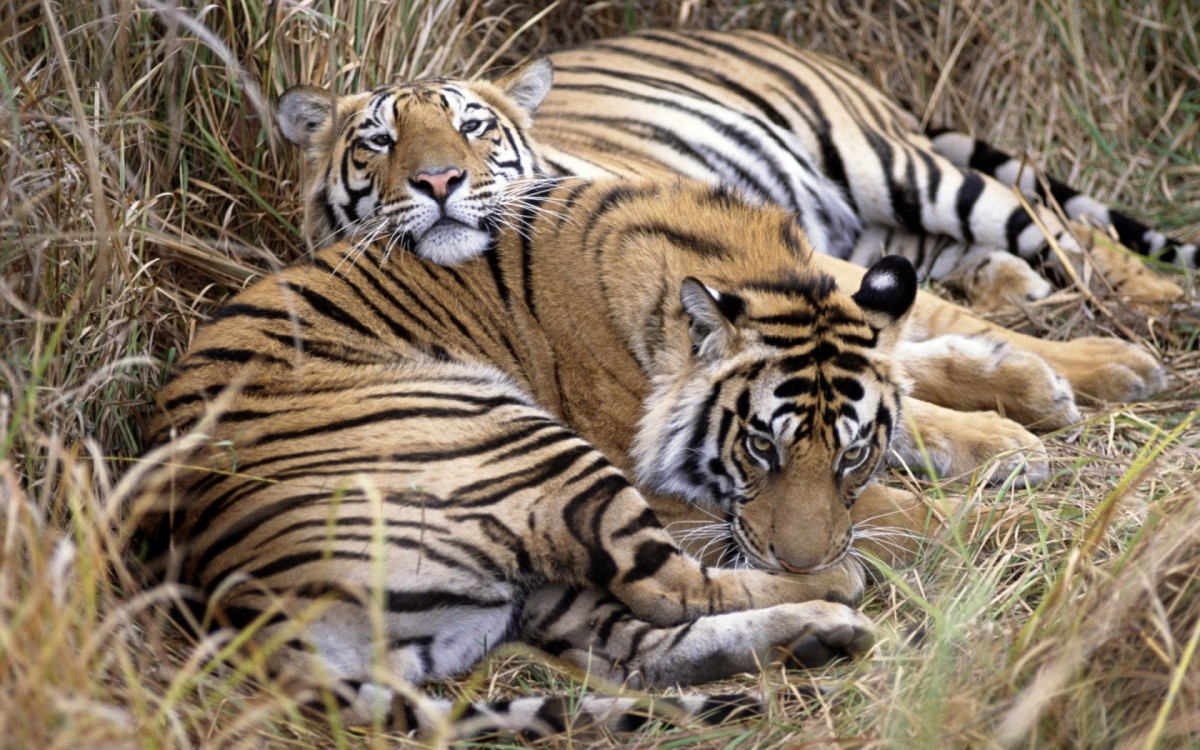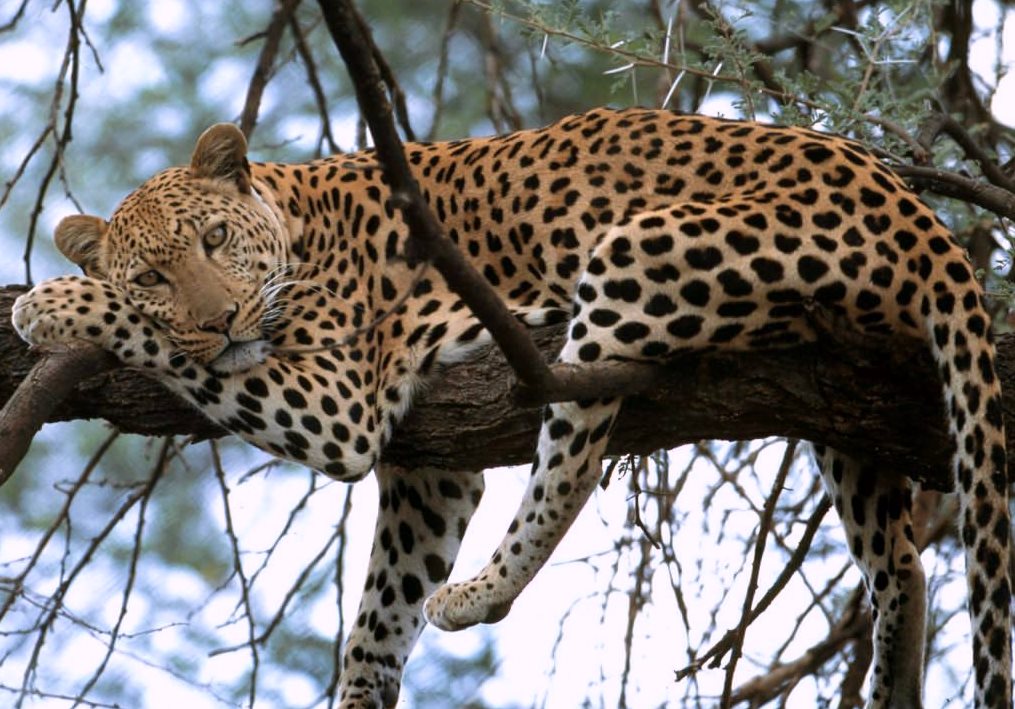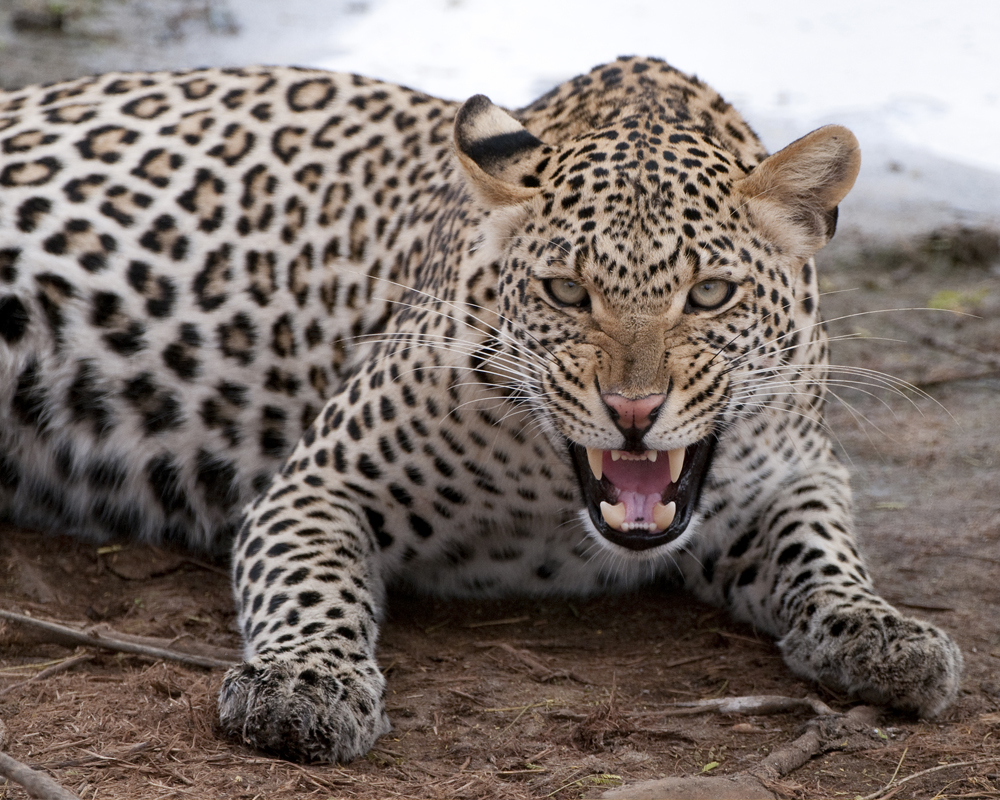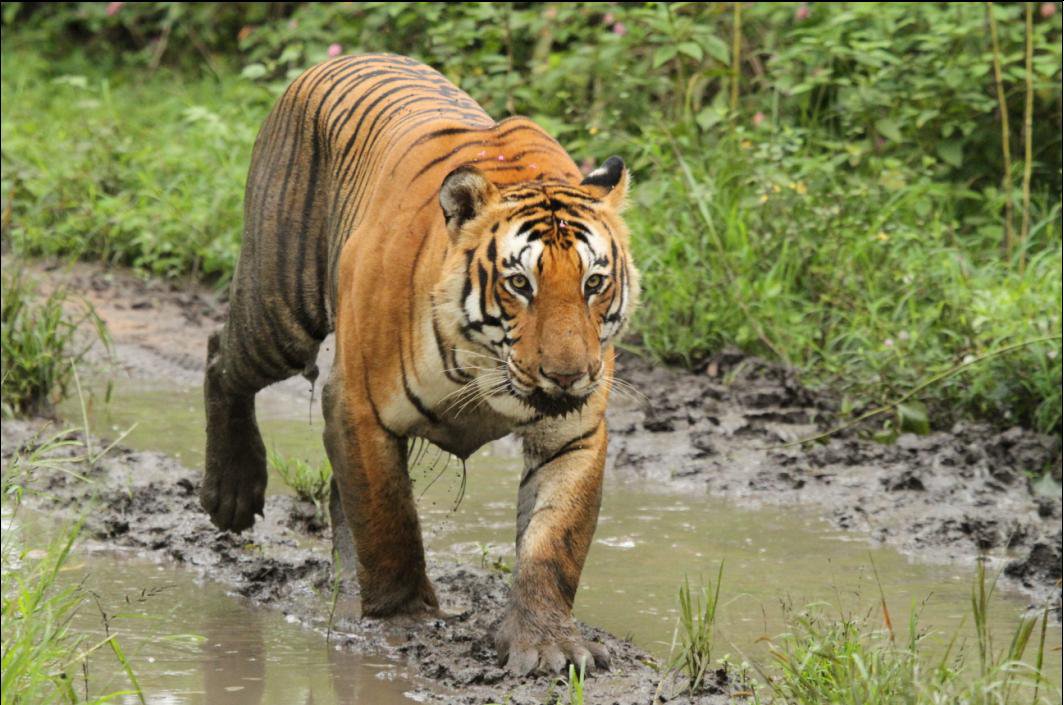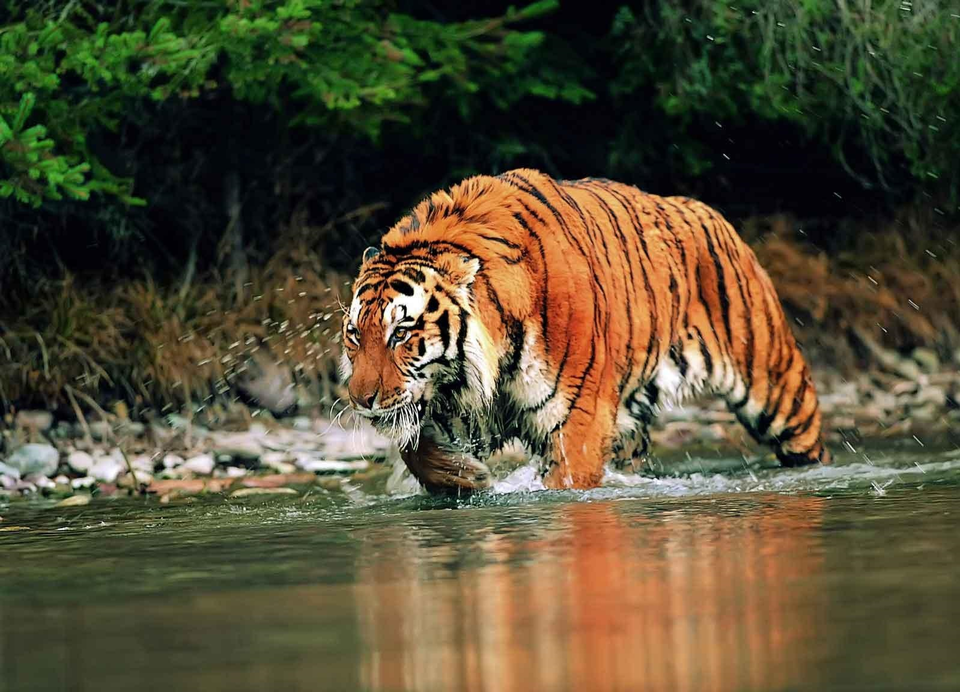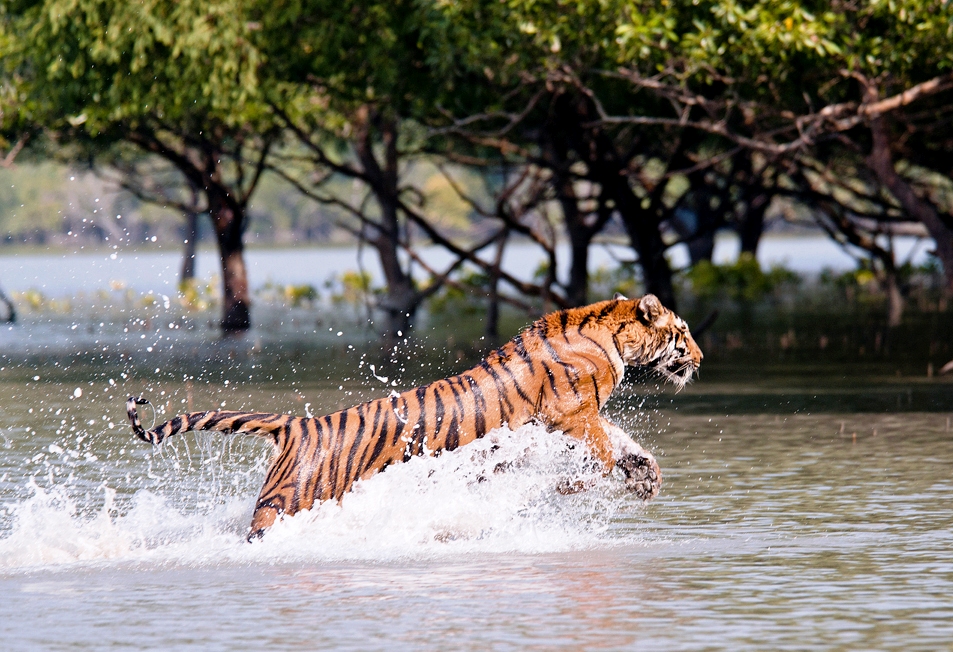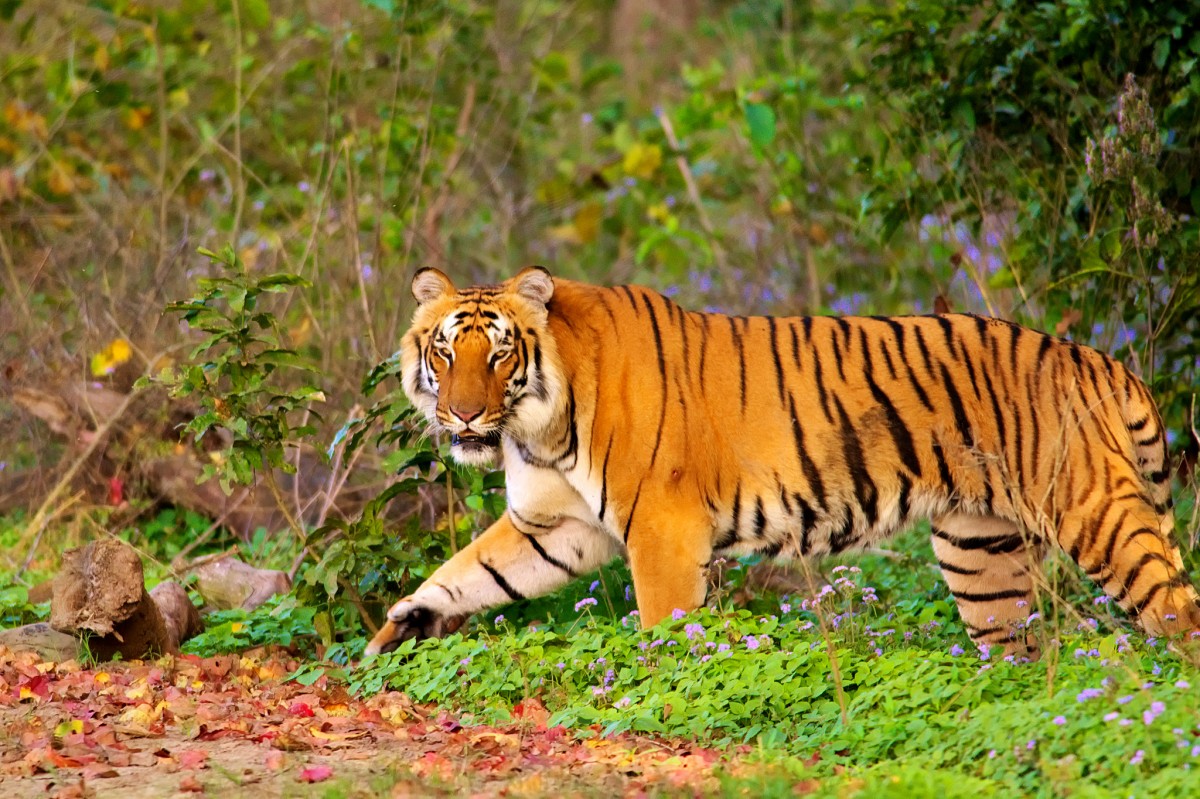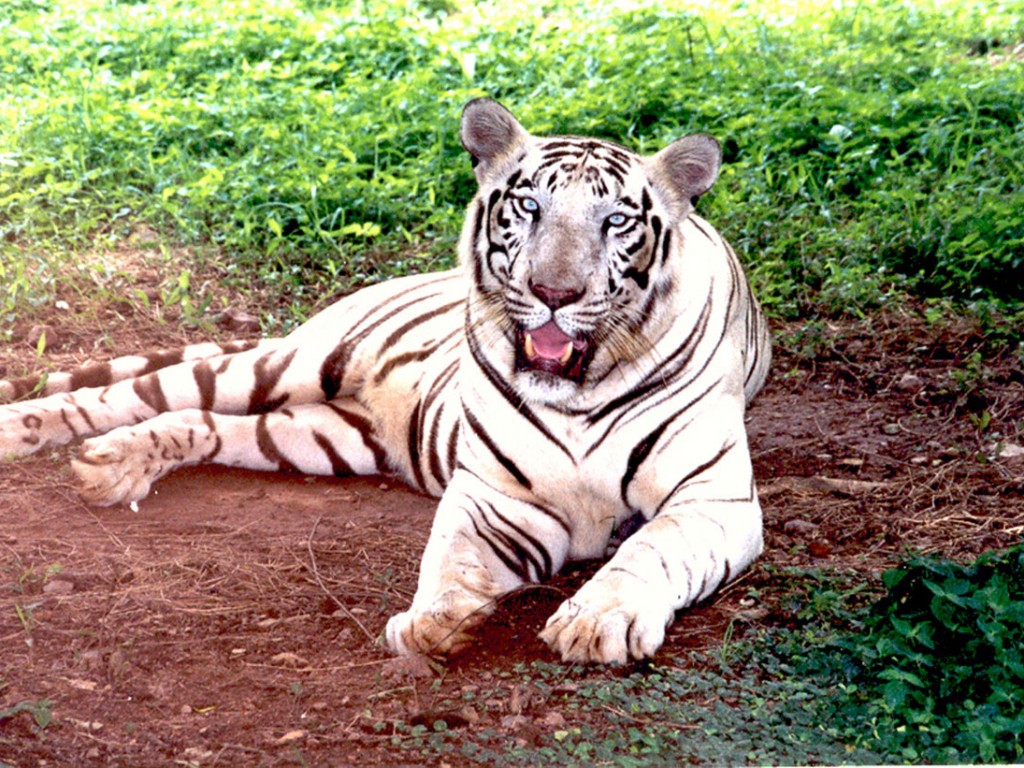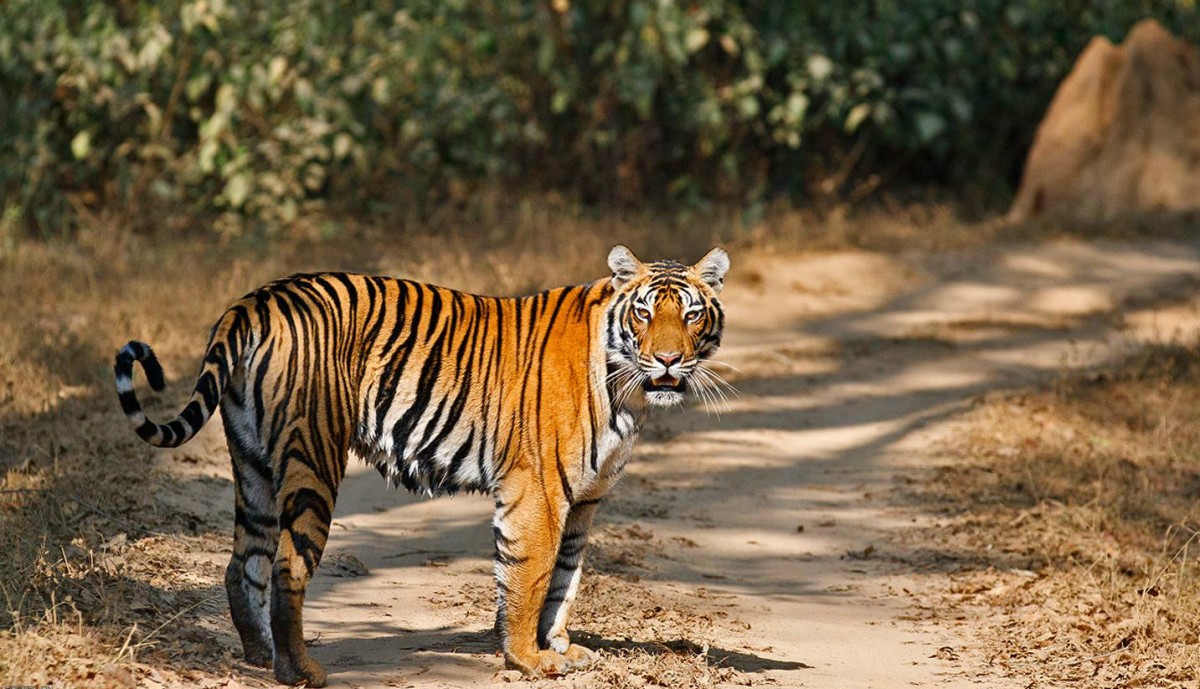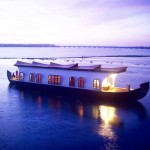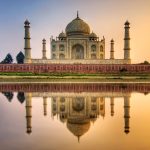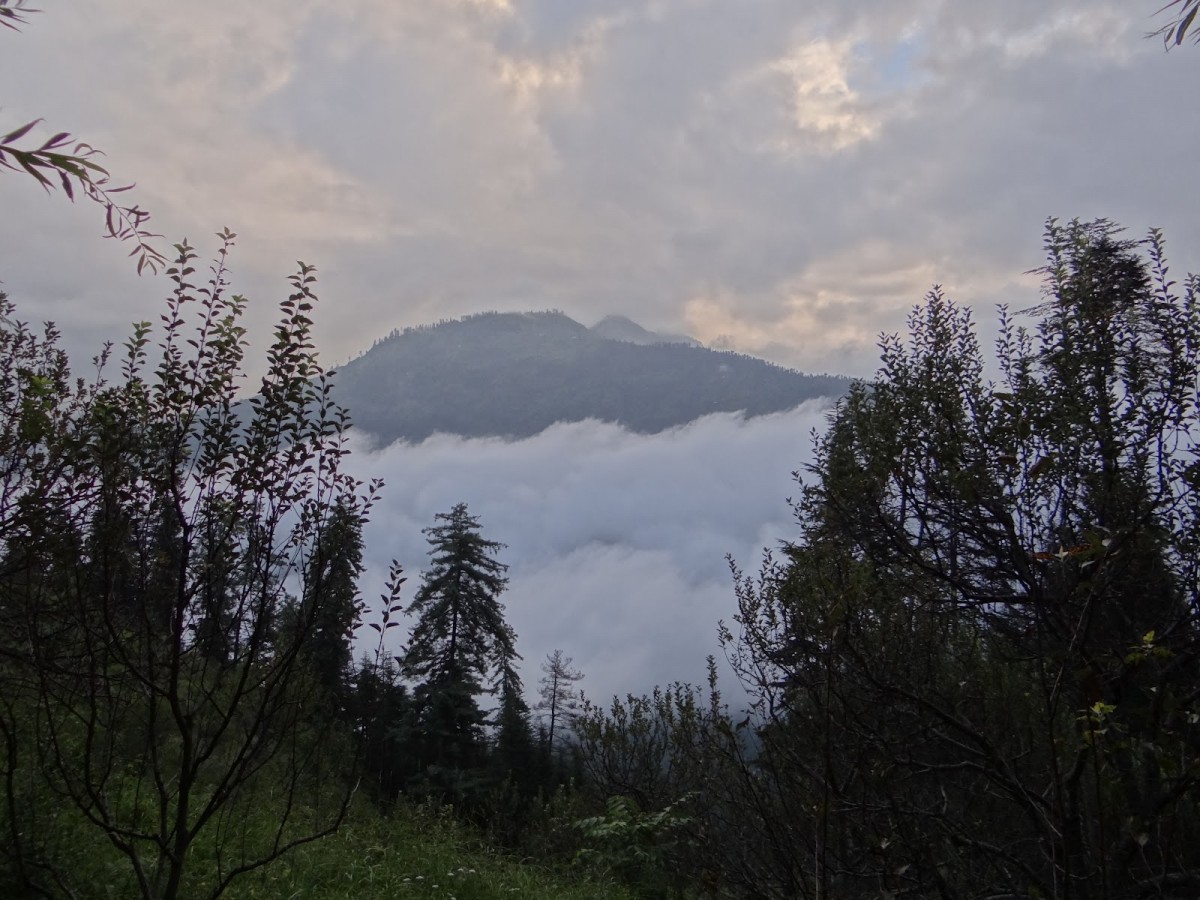
Great Himalayan National Park
Park At A Glance
| IUCN Category | II (National Park) |
| State | Himachal Pradesh. |
| District | Mandla, Balaghat. |
| Area | 62,000 ha, Tirthan Sanct. 6,113 ha |
| Year of Natification | 1 March 1984 |
| Altitude | 1,500m to 5,805m (GHNP) 2,100m to 4,875m (Tirthan Sanctuary). |
| Longitude | 77o 20’ 11”-77o 45’ 52”E. |
| Latitude | 31o 38’28”-31o 54’58”N. |
| Speciality | Tigers |
| Recommended Period for Visit | April – June, September – October |
| Nearest Town | Kulu (60 km). |
| Nearest Railway Station | Ropar, Chandigarh. |
| Nearest Airport | Bhunter (50 km). |
| Accommodation | Forest Rest Houses. Biogeographical Province 2.38.12 (Himalayan Highlands) |
The Great Himalayan National Park: The highest mountain ranges in the world and geologically speaking, the youngest, the Himalayas offer some of the most spectacular landscpaes in the world. Among the high altitude wildlife reserves of the Himalayas comes the Great Himalayan National Park, located in the beautiful district of Kullu.
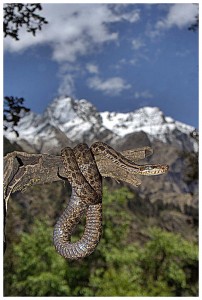
The Untouched Bio-diversity
The 765-sq-kms area has temperate forests – some of the virgin coniferous forests of the state. Vast areas of alpine pastures and glaciers cap this park. The park area is the largest protected area in the state of Himachal Pardesh. The Park consists of the upper catchment areas of the Tirthan, Sainj, Parvati and Jiwa Nala, flowing East to West and mingling into Beas river. The bewitching scenic beauty of the Park is a complement to its biological richness.
The 765-sq-kms area has temperate forests – some of the virgin coniferous forests of the state. Vast areas of alpine pastures and glaciers cap this park. The park area is the largest protected area in the state of Himachal Pardesh. The Park consists of the upper catchment areas of the Tirthan, Sainj, Parvati and Jiwa Nala, flowing East to West and mingling into Beas river. The bewitching scenic beauty of the Park is a complement to its biological richness.
Fauna In The Great Himalayan National Park: Among the animals found in this part of the Western Himalayas are Musk Deer, Ghoral, Thar, Bharal, Serow, Brown Bear, Leopard and Snow Leopard. Bird life includes a variety of colourful Pheasants- Monal, Khalij, Cheer and Tragopan.
A trek through the park to Raktesar, the origin of the Sainj River and camping amid alpine pastures is a memorable experience.

Visiting Season: The best seasons for visiting the park are summer from April to June and autumn from September to November. The relatively high density of wildlife in the area assures the visitors of sighting the Monal, Western Tragopan, Musk Deer, Goral, Bharal, and the Himalayan Thar. The rainy season from July to August and the winter season from December to March are not advisable periods to visit the park, as excessive damage to the road network and other inconveniences to the visitor are unavoidable.
The best seasons for visiting the park are summer from April to June and autumn from September to November. The relatively high density of wildlife in the area assures the visitors of sighting the Monal, Western Tragopan, Musk Deer, Goral, Bharal, and the Himalayan Thar. The rainy season from July to August and the winter season from December to March are not advisable periods to visit the park, as excessive damage to the road network and other inconveniences to the visitor are unavoidable.
How to get there:
Air: The airport at Bhuntar is 10-km from Kullu, where taxis and buses are available.
Rail: The closest narrow gauge railhead is at Jogindernagar, 95-km from Kullu.
Road: To get to the Great National Himalayan Park one has to take the eastern divergence at Aut on the Kullu- Manali highway. Aut is 45-km from Mandi and 30-km from Kullu. From Largi which is 4-km from Aut, two routes, one along the Sainj Nala, motorable till Neuli (26-km) and the other along Tirthan Nala, motorable upto Gushaini (28-km) lead to the park. The rest of the park has to be covered on foot as no mule or horse transport is allowed.

